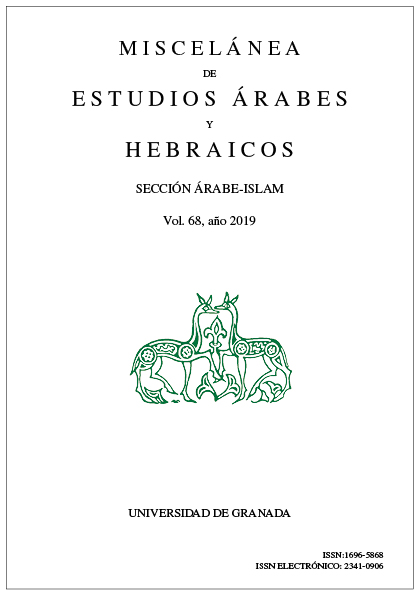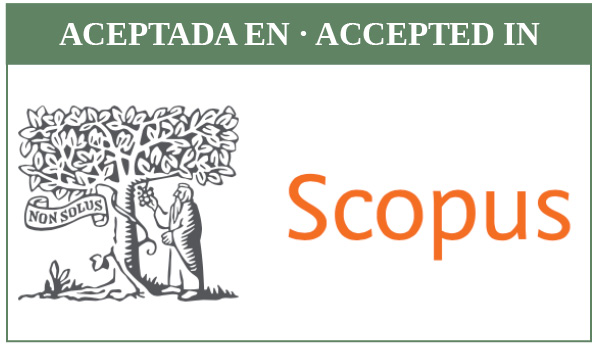La lengua árabe marroquí de los carteles: análisis desde los estudios del paisaje lingüístico y la política de la lengua
DOI:
https://doi.org/10.30827/meaharabe.v68i0.971Palabras clave:
Paisaje lingüístico, Árabe marroquí, Espacio, Política lingüísticaResumen
El nuevo contexto social, político y económico de Marruecos está propiciando las condiciones adecuadas para que se generaran nuevas prácticas lingüísticas en árabe marroquí (AM) en el espacio público y privado, produciendo de esta forma una nueva reali- dad sociolingüística. Este artículo aborda el uso del AM en el Paisaje Lingüístico (PL) en Marruecos a partir del enfoque de la sociolingüística urbana y la política lingüística en re- lación con la construcción del espacio. Para ello, en primer lugar, se estudia este nuevo contexto sociopolítico, económico y lingüístico en el que emergió el uso del AM y su mo- dalidad escrita. En segundo lugar, se hace un esbozo del marco teórico y metodológico seguido para el análisis del corpus de datos dentro de lo que se denomina los Estudios del PA. En tercer lugar, se lleva a cabo el análisis de un corpus compuesto por letreros, carte- les, pancartas y otras inscripciones donde se usa el AM a partir de un espacio concreto, el barrio de Hamriya (Meknés), y centrado en la dimensión semiótica, sociolingüística y polí- tica del uso del AM. Entre las conclusiones, se conectan estas prácticas en AM con la re- configuración del régimen sociolingüístico marroquí y también con transformaciones en la construcción de las identidades etnolingüísticas, tanto individuales como colectivas.
Descargas
Descargas
Archivos adicionales
Publicado
Cómo citar
Número
Sección
Licencia
Los autores que publican en esta revista están de acuerdo con los siguientes términos:
1. Los autores conservan los derechos de autor y garantizan a la revista el derecho de ser la primera publicación del trabajo al igual que licenciado bajo una Creative Commons Attribution License que permite a otros compartir el trabajo con un reconocimiento de la autoría del trabajo y la publicación inicial en esta revista.
2. Los autores pueden establecer por separado acuerdos adicionales para la distribución no exclusiva de la versión de la obra publicada en la revista (por ejemplo, situarlo en un repositorio institucional o publicarlo en un libro), con un reconocimiento de su publicación inicial en esta revista.
3. Se permite y se anima a los autores a difundir electrónicamente (por ejemplo, en repositorios institucionales o en su propio sitio web) la versión publicada de sus trabajos (versión post-print del editor) o, en su defecto, el de la versión post-print del autor ya evaluada y aceptada. Esto puede dar lugar a intercambios productivos, así como a una citación más temprana y mayor de los trabajos publicados (Véase The Effect of Open Access).
4. La revista no se hace responsable de las opiniones vertidas por los autores.















